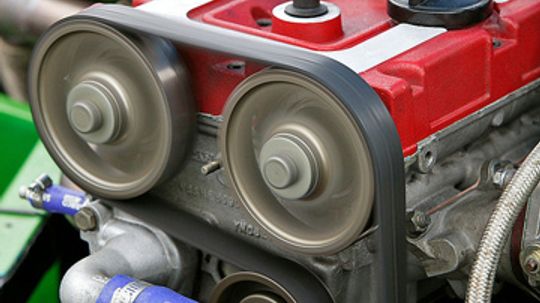Are you ready to delve into the intricate world of engine timing? Buckle up and get ready to learn how to static time an engine like a pro. This essential skill is crucial for maintaining optimal performance and efficiency in your vehicle. So, let’s dive right in!
The Importance of Engine Timing
Engine timing refers to the precise coordination between the opening and closing of valves and the ignition system within an internal combustion engine. It plays a vital role in ensuring that fuel is burned efficiently, maximizing power output while minimizing emissions.
A well-timed engine leads to smoother operation, improved fuel economy, reduced wear on components, and increased overall longevity. Ignoring proper timing can result in decreased performance, rough idling, misfires, or even catastrophic damage.
The Basics of Static Timing
In simple terms, static timing involves setting the ignition timing without relying on any external factors such as RPM or advanced electronic systems. It is typically done during initial installation or when performing maintenance tasks like replacing distributor points or spark plugs.
To begin with static timing:
- Locate the crankshaft pulley at the front of your engine.
- Clean off any dirt or debris from its surface for better visibility.
- Identify the top dead center (TDC) mark on your pulley – this indicates when piston one reaches its highest position during compression stroke.
- If necessary, remove any access panels to gain clear sightlines towards TDC mark.
- Turn off all electrical accessories including lights and radios before proceeding further.
Fine-Tuning Your Timing
Once you have successfully set your initial static timing using basic steps, it’s time to fine-tune and ensure optimal performance. Here are a few additional tips:
- Consult your vehicle’s manual or manufacturer specifications for the recommended ignition timing values.
- Use a timing light tool to accurately measure the exact degree of advance or retardation in relation to TDC mark.
- If necessary, adjust the distributor position slightly clockwise or counterclockwise until you achieve the desired timing value.
- Recheck and verify your static timing after making adjustments to ensure accuracy.
In Conclusion
Mastering engine timing is an essential skill that every car enthusiast should possess. By understanding the importance of proper engine timing and following these step-by-step instructions, you can optimize your vehicle’s performance and prolong its lifespan. Remember, precision is key when it comes to static timing – so take your time, be patient, and enjoy the rewarding experience of maintaining a well-timed engine!


